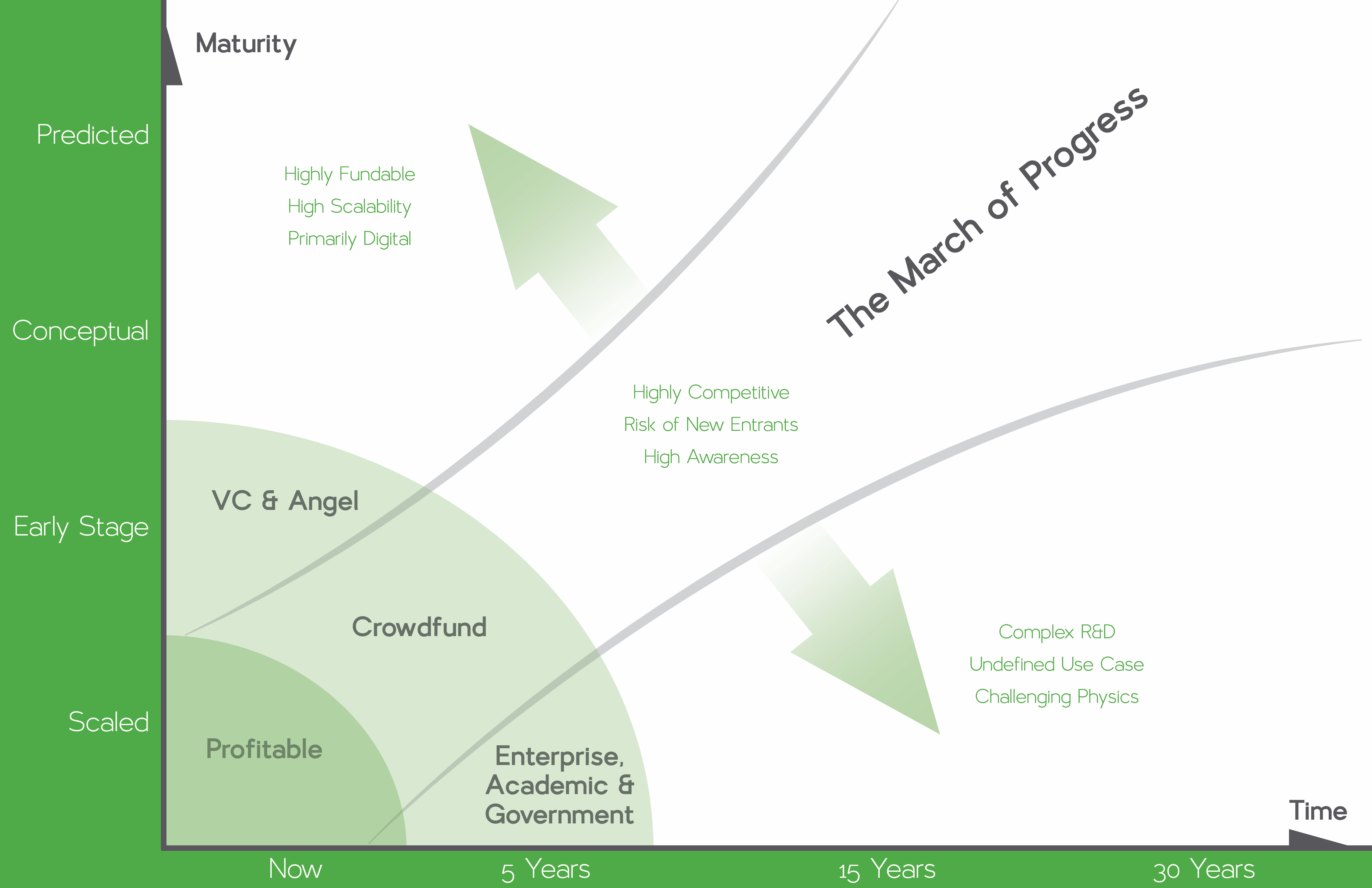REST API Models in Swift

There are a lot of APIs out there, a lot of networking layers, a lot of abstractions, I’m going to offer just one way to start building Swift models backed by a RESTful API. Out of personal preference, PromiseKit will be used instead of callbacks and ObjectMapper will be used to convert between JSON and Swift objects.







